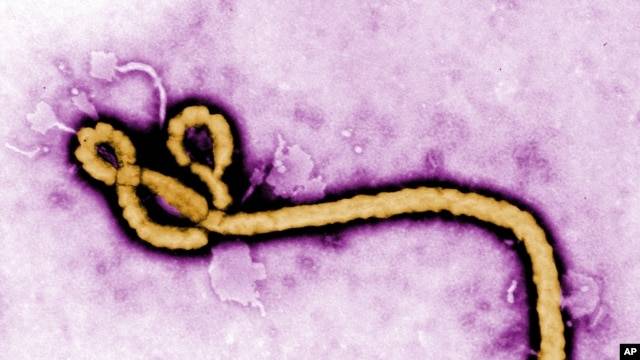Dec. 14, 2013
Wow! I quit smoking 15 or so years ago but continue to consume eight or more cups of hi=tech coffee every day. So far, the article's right as I have absolutely no kidney problems. Read the article @ Coffee and cigarettes may protect against liver disease
Coffee and cigarette smoking may protect against the rare liver disease Primary Sclerosing Cholangitis (PSC), study shows.
Wow! I quit smoking 15 or so years ago but continue to consume eight or more cups of hi=tech coffee every day. So far, the article's right as I have absolutely no kidney problems. Read the article @ Coffee and cigarettes may protect against liver disease



